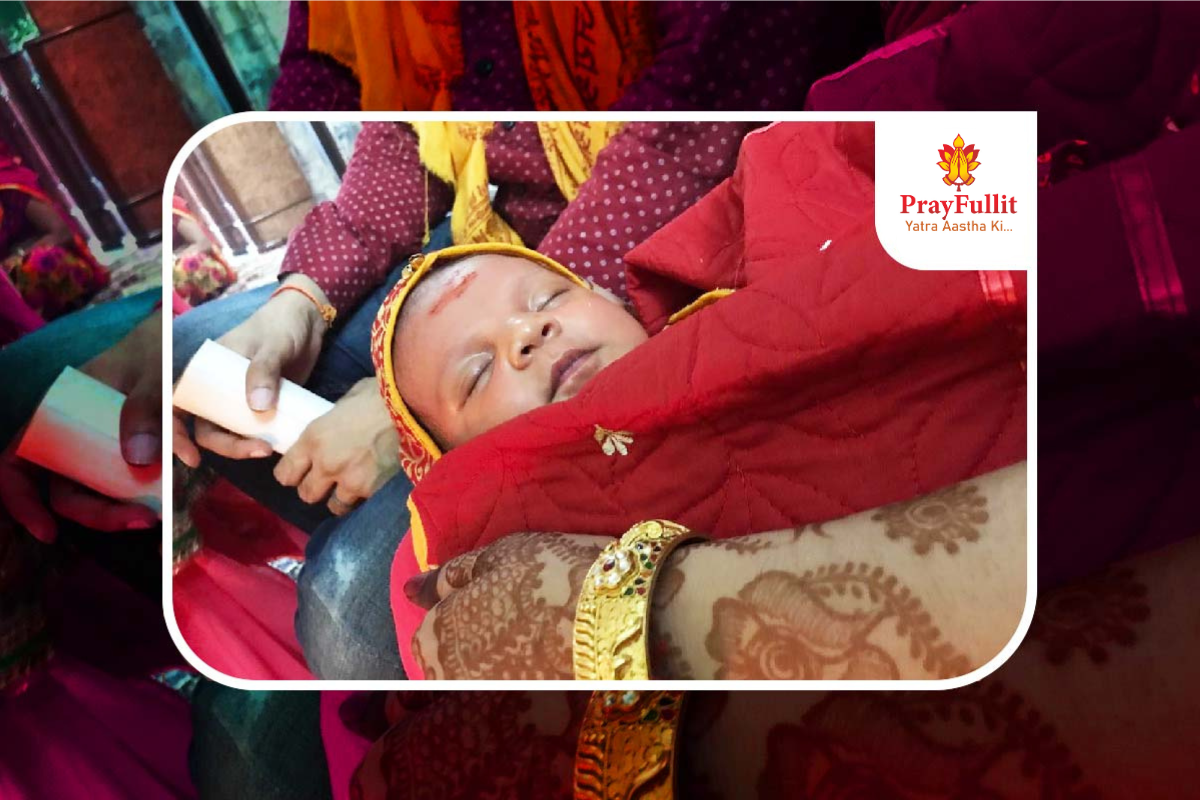
The naming Sanskar is called "Naamkaran" (also spelled Namakaran). It is one of the most significant rituals in a Hindu family's life, marking the formal naming of a newborn child. The ceremony usually takes place on the 11th or 12th day after the baby's birth, though the exact timing can vary depending on the family's traditions and astrological considerations.
Key Elements of the Naamkaran Sanskar
Choosing the Name:- The name is typically chosen based on the baby's horoscope, which is prepared by a family priest or astrologer. The name often starts with a letter that corresponds to the baby's astrological birth star (Nakshatra).
Ceremonial Bath:- Before the ceremony, the baby is given a ceremonial bath, symbolizing purification and preparation for receiving blessings.
Puja and Havan:- A puja (prayer ritual) is performed to invoke blessings from the gods and goddesses. A havan (fire ritual) is also conducted to purify the environment and bring prosperity to the child.
Naming Process:- The father, mother, or a chosen elder whispers the chosen name into the baby's right ear three times. The name is then announced to the gathered family and friends.
Blessings:- After the name is announced, the elders and guests bless the child by applying a small mark of turmeric or vermillion on the baby’s forehead and showering the child with flowers or rice.
Feast and Gifts:- The ceremony is followed by a celebratory meal, where family members and friends share in the joy of the occasion.
Significance
The Naamkaran ceremony is not just a ritual for naming the child; it is also a way of formally introducing the child to the family, the community, and the divine. The name given during this ceremony is believed to have a lasting influence on the child's life and destiny.
This procedure goes on for 2 to 3 hours.